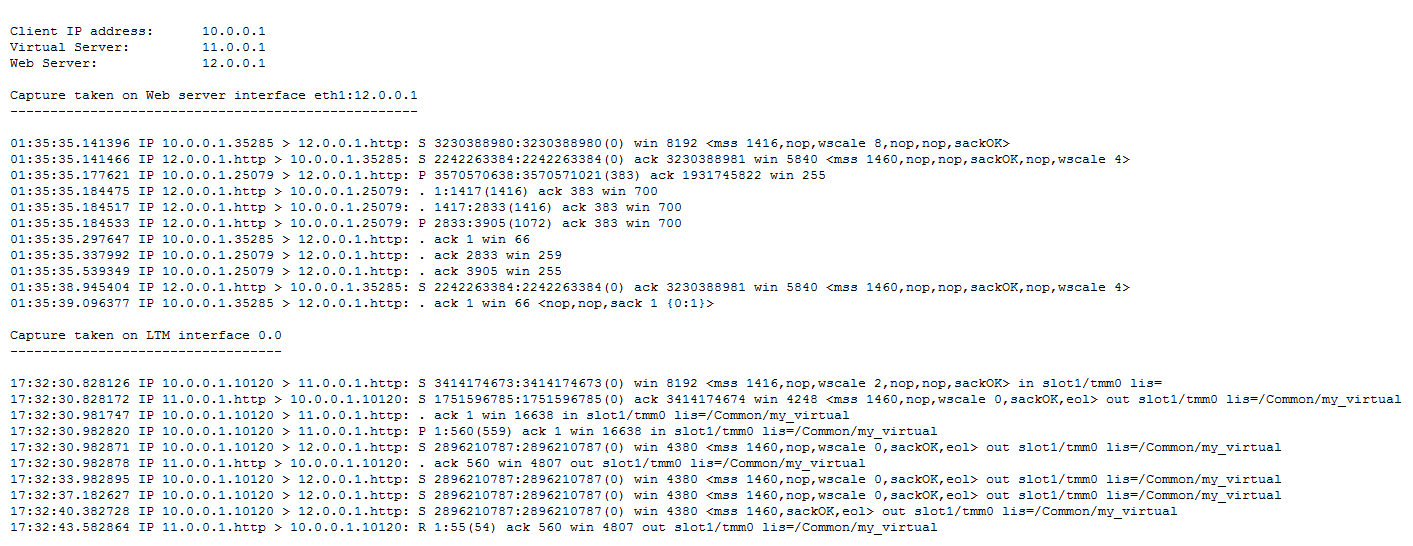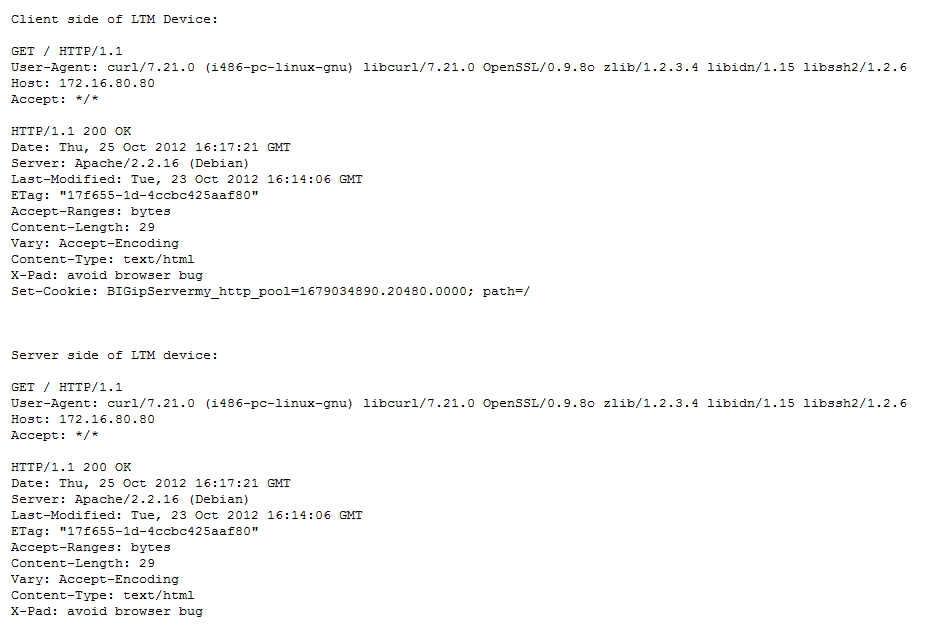
Get F5 Networks 301b Exam Dumps
F5 Networks BIG IP Local Traffic Manager LTM Specialist Maintain & Troubleshoot Exam Dumps
This Bundle Pack includes Following 3 Formats
Test software
Practice Test
Answers (PDF)

301b Desktop Practice
Test Software
Total Questions : 210

301b Questions & Answers
(PDF)
Total Questions : 210

301b Web Based Self Assessment Practice Test
Following are some 301b Exam Questions for Review
-- Exhibit --


-- Exhibit --
Refer to the exhibits.
An LTM Specialist is troubleshooting an issue with one of the virtual servers on an LTM device, and all requests are receiving errors. Testing directly against the server generates no errors. The LTM Specialist has captured the request and response on both client and server sides of the LTM device.
What should the LTM Specialist do to fix this issue?
-- Exhibit --

-- Exhibit --
Refer to the exhibit.
An LTM Specialist is troubleshooting a sync-failover group of three BIG-IP LTM devices. The command used is "tmsh run cm watch-devicegroup-device."
What does the output mean?
-- Exhibit --

-- Exhibit --
Refer to the exhibit.
A pair of LTM devices are configured for HA . The LTM Specialist observes from a capture that there is a successful connection from a client directly to a web server and an unsuccessful connection from a client via the LTM device to the same web server.
Which two solutions will solve the configuration problem? (Choose two.)
-- Exhibit --

-- Exhibit --
Refer to the exhibit.
An LTM Specialist creates a virtual server to load balance traffic to a pool of HTTPS servers. The servers use client certificates for user authentication. The virtual server has clientssl, serverssl, and http profiles enabled. Clients are unable to connect to the application through the virtual server, but they are able to connect to the application servers directly.
Which change to the LTM device configuration will resolve the problem?
-- Exhibit --

-- Exhibit --
Refer to the exhibit.
A web application is configured to allow sessions to continue even after a user computer is shut down for the night. A new LTM device is configured to load balance the web application to several servers. The application owner reports that application users are logged out of the web application whenever their browser is restarted or computer is rebooted.
What is the problem?
Unlock All Features of F5 Networks 301b Dumps Software
Types you want
pass percentage
(Hours: Minutes)
Practice test with
limited questions
Support